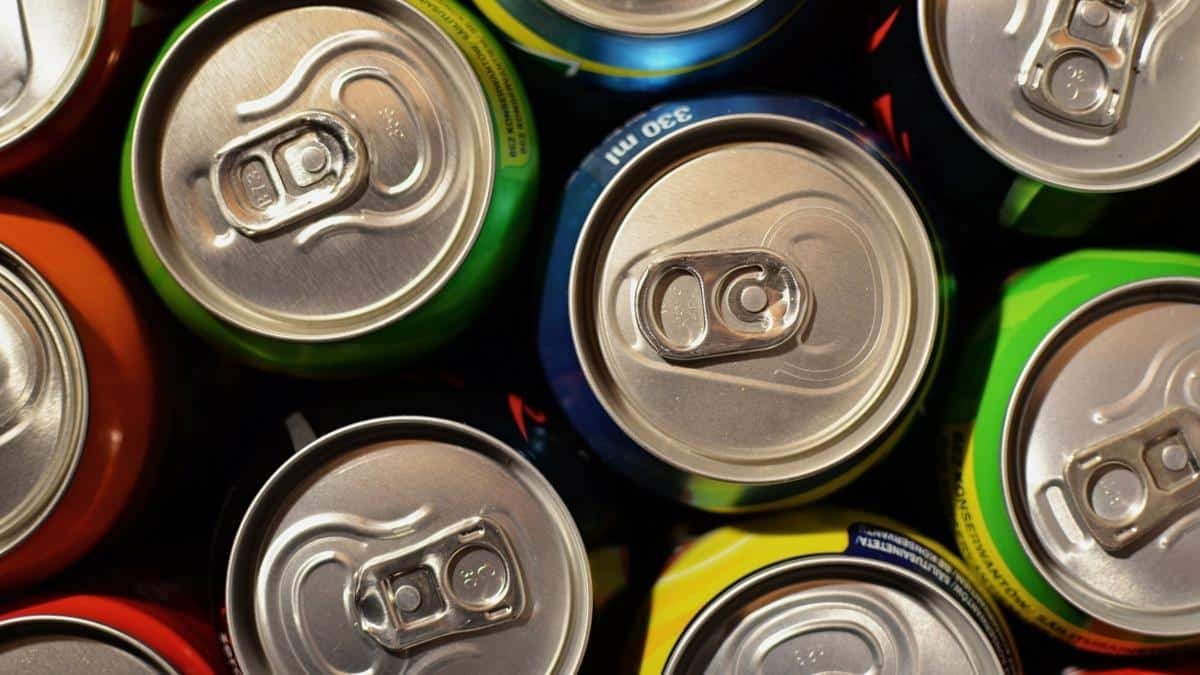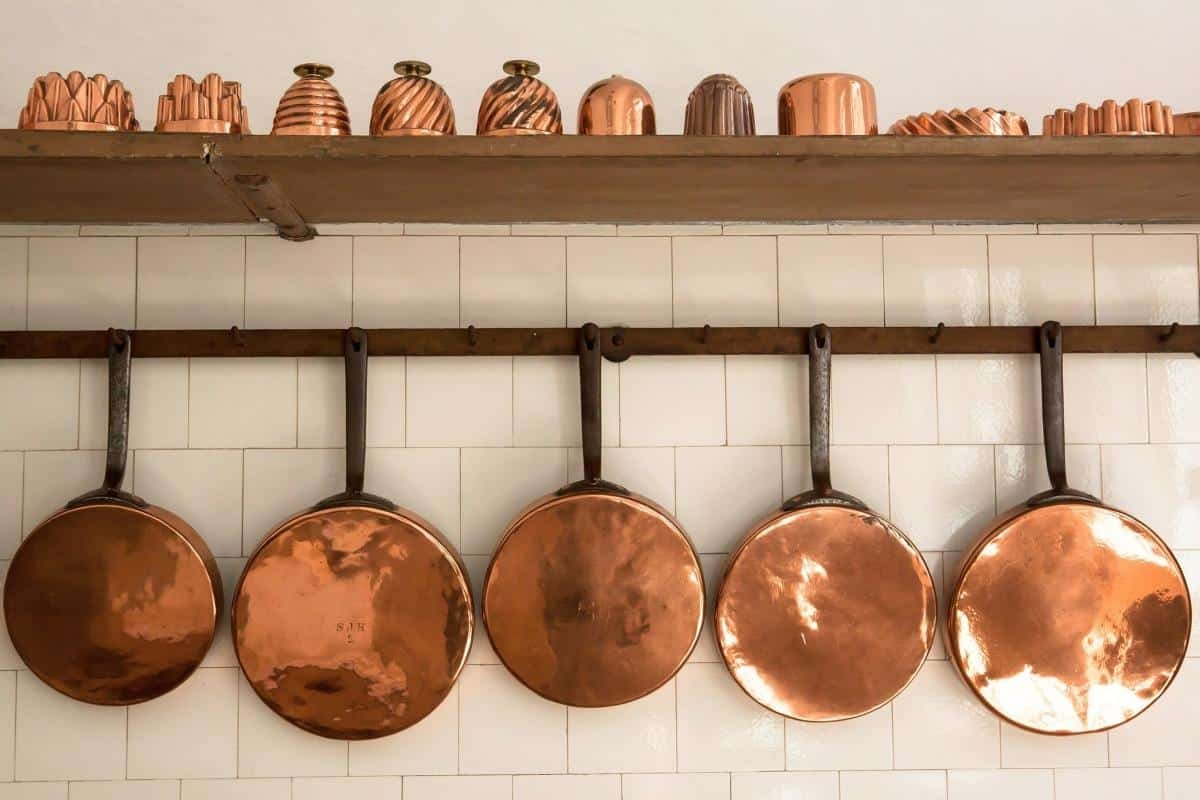
Before You Scrap, Here’s What You Should Know
Whether you’ve got a ‘lemon’ in your driveway or a business looking to scrap leftover metals from a project, you will need to know the type of metals to look for. There are two types of metals to consider: Ferrous and Non-ferrous. Both metals can be found in everyday products. If you’ve got scraps lying around, it helps to know the difference between the two. You should also know the best way to recycle these items.
The first metal, and often the most expensive of both, is Ferrous. These metals are the stronger of the two with most of them containing iron. Examples of these metals include Steel, Carbon steel, Alloy steel, Cast and Wrought iron. Ferrous metals are made up of a slew of other metals containing iron, which are also known as alloys. Did you know, that the magnetic quality in Ferrous metals makes them extremely useful for electrical repairs? The challenge with these metals, however, is that they contain carbon, which means they can rust easily when exposed to elements of nature such as rain.
Ferrous metals that are most commonly recycled:
- Vehicle scrap metal
- Construction site scrap metal
- Metal offcuts from other manufacturing industries.
If you are wondering what metals are the best to recycle, look no further than Non-ferrous metals. Think of these metals as the opposite of the ferrous metals, They do not contain iron and are less likely to present any challenges when recycled or reused. They are lightweight, but are strong enough to handle what others cannot (i.e.. water. air). The most common of these metals include Aluminum, Copper, Lead. Zinc, Nickel and even Tin. These metals are awesome because they can be recycled infinitely. Non-ferrous metals don’t lose their chemical properties during the recycling process and are lightweight and easily transferable.
Non-ferrous metals that are most commonly recycled:
- Item Packaging
- Cooking and table wares
- Glass and some small appliances
- Cans
Whether the metals are Ferrous or Non-Ferrous, both help cut down pollution. The only drawback when scraping is the energy it takes to burn most Ferrous material (I.e.. steel). Considering how these metals will be recycled can aid you in making decisions about scrapping your metal. There are multiple ways these metals can be recycled:
- Sorting: Different types of non-ferrous metals need to be separated from other recyclables such as paper and plastic.
- Baling: Non-ferrous materials are compacted into large blocks to facilitate easy handling and transport.
- Shearing: Machinery is used to cut both metals into manageable sizes to be recycled.
- Melting: Ferrous and Non-ferrous materials are melted down in a furnace, poured into casters and shaped. These are used in the foundry industry or they can be transformed into flat sheets and other wrought iron products such as tubing, which is then used to manufacture new products.
When done correctly, recycling metal not only helps the environment but it can also provide you with additional income meaning a greater outcome for everyone involved.






